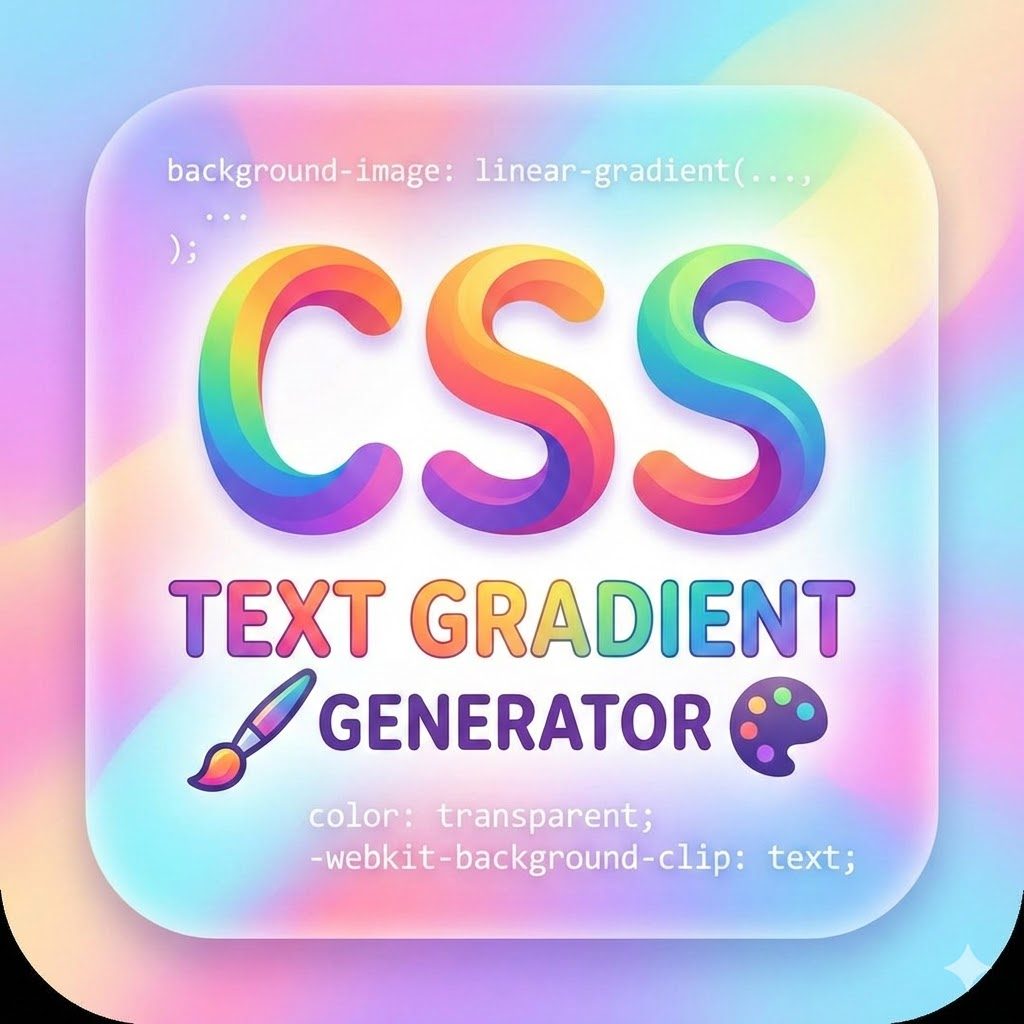ADFGVX WWI Grid
Encrypt and decrypt messages using the ADFGVX cipher from WWI. Free online tool for historical cipher enthusiasts and students.
The ADFGVX WWI Grid Tool 🪖📜 is a historically inspired encryption and decryption simulator that recreates one of the most sophisticated ciphers of World War I — the ADFGVX Cipher. Developed by Colonel Fritz Nebel of the German Army in 1918, the ADFGVX system represented a major leap in cryptographic design, combining substitution and transposition in a single secure process.
This tool allows users to encode and decode messages using the authentic ADFGVX method, visualize the 6×6 cipher grid, and experiment with different keys and transposition orders — all while learning the historical and mathematical principles that made this cipher a turning point in military cryptography.
⚙️ Key Features:
🧩 Interactive 6×6 Cipher Grid:
View and customize the ADFGVX grid used to pair letters (A–Z) and digits (0–9) with coordinate pairs (A, D, F, G, V, X).🗝️ Custom Polybius Square Generation:
Automatically generate or manually set substitution grids based on a keyword. Each pair of letters (e.g.,AD,FX) corresponds to a unique plaintext character.🔢 Keyed Columnar Transposition:
After substitution, the ciphertext undergoes transposition using a secondary keyword, simulating the second encryption stage of the authentic ADFGVX system.📤 Encode Mode:
Input plaintext, select your substitution and transposition keys, and watch the tool generate ADFGVX ciphertext step-by-step.📥 Decode Mode:
Enter ciphertext and keys to reconstruct the original message — with each stage (transposition reversal and grid decoding) visualized clearly.🔍 Visualization Mode:
See the full encryption journey:Plaintext → Substitution (coordinate pairs)
Substitution → Transposition Grid
Transposition → Final Ciphertext
🧮 Random Grid Generator:
Create random cipher matrices for practice or testing alternative encryption layouts.📈 Frequency & Pattern Analysis:
Visualize letter and coordinate frequencies to study statistical weaknesses and cryptanalysis techniques (like those used by the French Army).💾 Save & Load Ciphers:
Export your cipher configurations or share encoded messages for educational or puzzle-solving purposes.🕰️ Historical Mode:
Includes authentic grid examples and messages used by German command in WWI, plus the story of how French cryptanalyst Georges Painvin finally broke it in 1918.
💡 How It Works:
The ADFGVX Cipher is a fractionating transposition cipher — a two-step encryption process that makes frequency analysis far more difficult than simple substitution.
Substitution Step (Polybius Square):
A 6×6 grid assigns letters and digits to coordinate pairs using only the letters A, D, F, G, V, and X (chosen for their clarity in Morse code).
Example grid (based on keyword “BATTLE”):
| | A | D | F | G | V | X |
|---|---|---|---|---|---|
| A | B | A | T | T | L | E |
| D | C | D | F | G | H | I/J |
| F | K | M | N | O | P | Q |
| G | R | S | U | V | W | X |
| V | Y | Z | 0 | 1 | 2 | 3 |
| X | 4 | 5 | 6 | 7 | 8 | 9 |Each plaintext character is replaced by its coordinate pair.
Example: “HELLO” → “DV FA FX FX GV”
Transposition Step (Keyed Rearrangement):
The ciphertext letters are arranged in a grid using a keyword.
Columns are reordered alphabetically by the keyword’s letters.
The reordered columns are then read vertically to produce the final ciphertext.
Example with keyword “FRONT”:
Decryption reverses these two steps in order:
Transposition → Rebuild pairs → Lookup plaintext in the ADFGVX grid.
🕰️ Historical Significance:
The ADFGVX Cipher represented a turning point in modern encryption, combining the logic of fractionation and transposition into one secure method. It was used extensively by the German Army in WWI for high-level communications.
However, despite its complexity, it was famously broken by French cryptanalyst Georges Painvin, marking one of the most legendary episodes in wartime cryptanalysis. His work not only contributed to the Allied victory but also laid the groundwork for polyalphabetic and machine-based ciphers that would follow.
🌍 Perfect For:
🧑🏫 Teachers & Students studying classical cryptography and cipher design.
🕵️♂️ Cryptography Enthusiasts exploring historical encryption algorithms.
💻 Developers & Puzzle Creators designing complex substitution-transposition systems.
🎓 Researchers & Historians analyzing early 20th-century military ciphers.
🧠 Puzzle Solvers & Escape Room Designers building historically inspired challenges.
🔍 Why It’s Valuable:
The ADFGVX WWI Grid Tool combines historical authenticity, mathematical precision, and interactivity, making it one of the most comprehensive educational tools for exploring early cryptography.
It helps users understand:
✅ How fractionating ciphers distribute plaintext frequency.
✅ Why double encryption improves message secrecy.
✅ The role of geometric and linguistic logic in code design.
✅ How cryptanalysis evolved from pattern matching to statistical reasoning.
This tool bridges history, mathematics, and technology — offering a clear, engaging way to understand the foundation of modern encryption systems.
✨ In Short:
The ADFGVX WWI Grid Tool ⚔️🧠 brings one of history’s most influential ciphers to life. With its interactive grid, real-time visualization, and step-by-step encoding process, you can learn, experiment, and master the cipher that helped shape modern cryptography.
Encode. Transpose. Decode.
With the ADFGVX WWI Grid Tool, every coordinate tells a story — one rooted in strategy, secrecy, and history. 📜🔐






